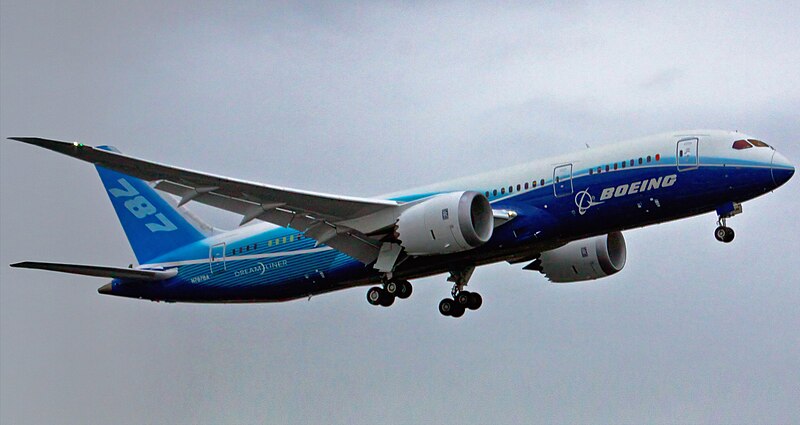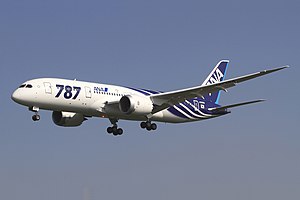Apple is undoubtedly one of my favourite companies in the world. Their culture of perfection, and simplicity is very well in sync with my own beliefs. So, from the very start I knew I wanted to do a feature article on their technology for my science eportfolio. So here it is.
There is one another thing you should take note of, since the exams are coming, I doubt I can squeeze in 5 posts for the month of September, so you will get one post a week for the first 4 weeks of September, leaving us with 4 posts for the month of September. Well, so far for all the months of school breaks, I have decided to go with a theme and write special reports on the theme, so this time will be no different. The theme chosen this time around is Apple and the Post PC Revolution, but you probably already knew that from the title. What is different this time around is that all articles are part of the mini series instead of including a mini series within the month. It will be a 4-part mini series.
So, a little bit of background, before we officially launch the mini series.
Its the year 2007, Steve Jobs announces the first iPhone.
The world has never seen anything like it before. A phone with only one button, and with a (then) giant 3.5" touch screen with revolutionary multitouch software. Allowing you to unlock the phone with a swipe of the finger, scroll through songs with the push of the finger. The crowd were absolutely blown away, but the tech "gurus" were less than optimistic about it, and its high price tag. Saying it was just going to be a luxury item for the super rich. No one could have predicted that it would go on to sell 4 million units in its first year. A year later, the iPhone 3G with the App Store was launched. Then another year later, the iPhone 3GS that was twice as fast. And then a whole slew of other companies came up with phones that looked almost identical to the iPhone. It became the norm. It revolutionised the whole mobile phone industry.
2010, Steve announces iPad.
Once again, the "gurus" mocked its name and continued saying it would flop. But flash forward 2 years later in 2012, the iPad has 67% of the tablet market - a market Apple created themselves. Despite thousands of tablets being released every year, they are still no match for iPad. The same year, 2010, Apple introduced iPhone 4 which went on to sell 2 million units on its launch day. 2 million units in a single day.
WWDC 2011, Steve Jobs introduced iCloud.
It automatically pushes all your content to all your devices keeping them in sync with each other. At the same time, the PC was dethroned as the digital hub for your digital life and replaced with the cloud.
These 3 products have really kickstarted the Post PC Revolution which Apple is spearheading. So over the next 4 weeks, we will find out more about the technology that made these products possible.
So... are you ready? Well before we go into that tomorrow, you need to know the tag to access all these posts, and the tag is AP.
So interestingly, the 3 themes we have this year all have their tags start with A. AA for Animal Adaptations Month. AV for Aviation Month and now AP for Apple and the Post PC Revolution. Coincidence?






























